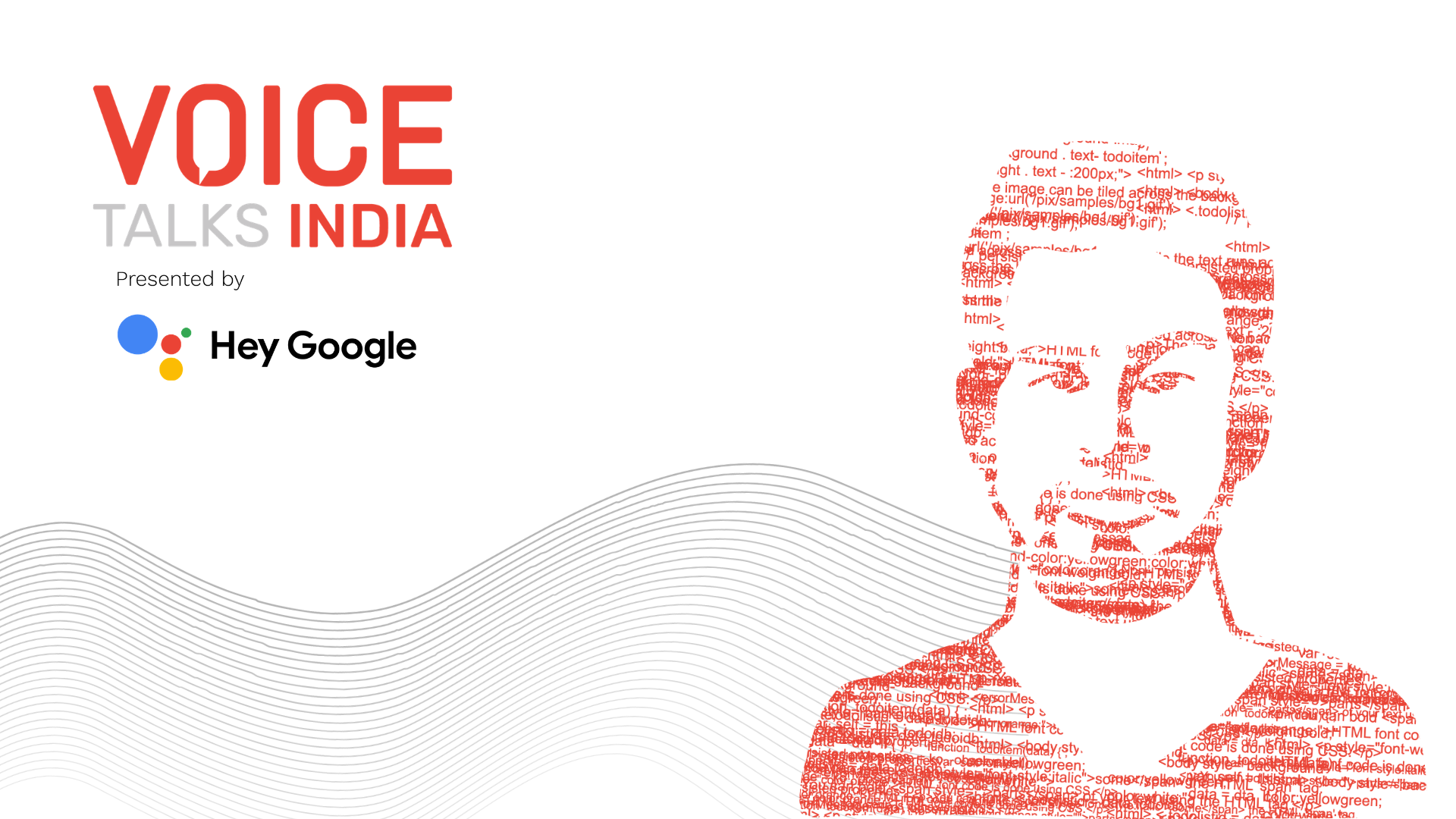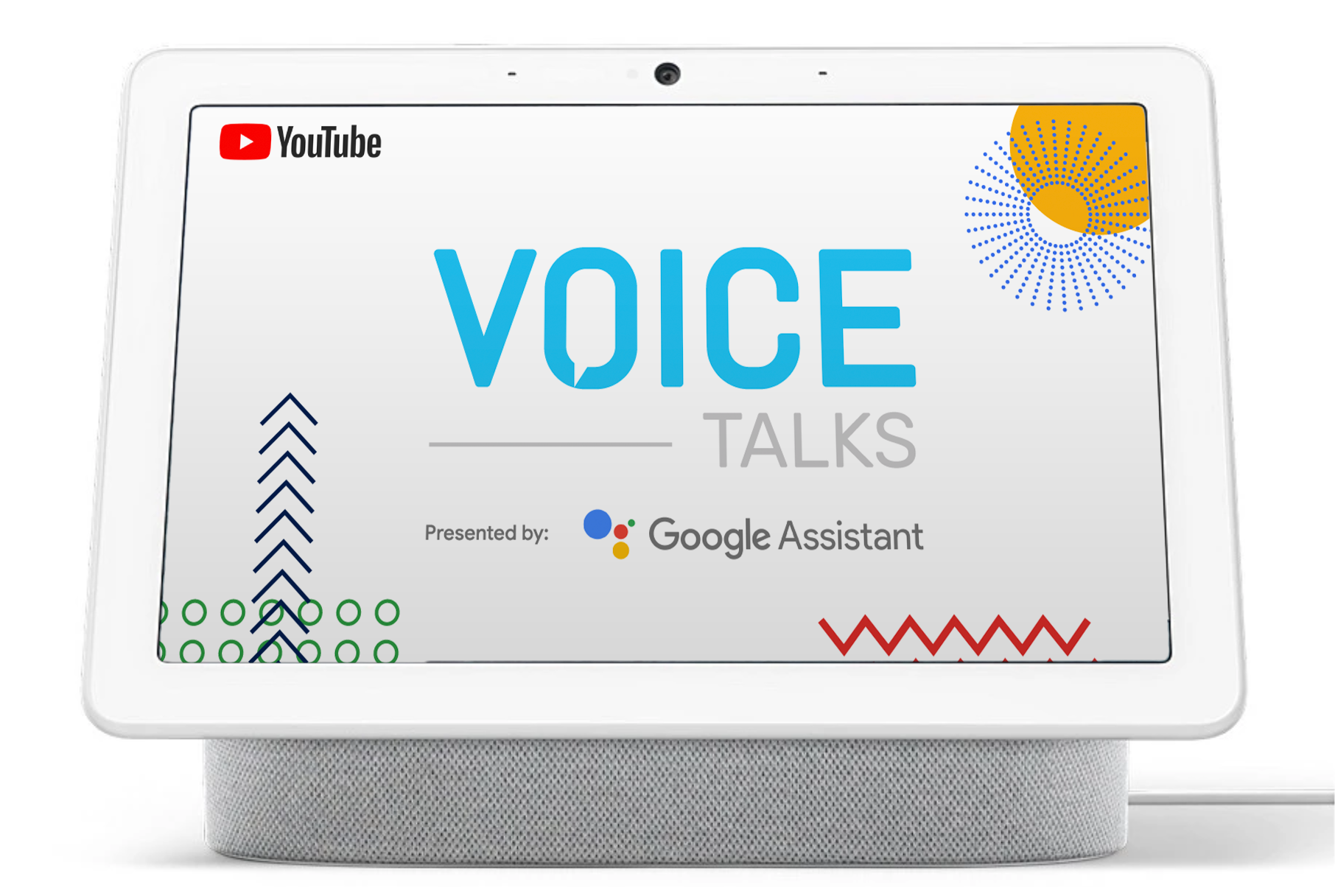





Throughout its rise to prominence over the past two decades, digital advertising has achieved wild success and is—perhaps unsurprisingly now to most of us —poised to surpass traditional advertising in dollars spent.
The remarkable growth of digital advertising has depended on the power of the simple mouse click. By making customer engagement with ad content easy to measure, the click paved the foundation for the rich analytics today's marketers rely on to derive insights, understand and optimize the performance of their campaigns, and build audiences for their brands. Clicks have become the currency of the realm when it comes to measuring ad campaign success, building the empires of ad publishers like Google and Facebook, and shaping today’s digital media landscape as we know it.
But we now stand at the dawn of a new era in which advertising is preparing to venture beyond the click: the era of Voice.
Until recently, audio-based media has lacked a click-equivalent to facilitate easy and empirical measurements of ad effectiveness. The rapid rise of interactive voice interfaces, however, now provide an exciting new avenue for collecting those metrics.
Driven into the mainstream by technologies such as Alexa and Siri, interactive voice interfaces are seeing rapid adoption, as consumers grow to appreciate (and prefer) the advantages of voice-based experiences. In fact, Gartner foresees that by the end of the decade, 30% of web browsing sessions will be executed without a screen, as we thoroughly incorporate voice-based mobile and smart speaker solutions into our everyday lives. This adoption will spur a shift toward voice-driven commerce as well; research indicates that by 2022, voice shopping will surpass $40 billion in the US and UK alone.
Conversational voice advertising, as powered by AI and harnessing speech recognition and natural language understanding, will offer a compelling new ad format for marketers, publishers, and consumers alike—one which will actually eliminate several issues common to click-based advertising.
Interactive voice advertising provides the ability to verify ad delivery by measuring actual voice responses. This makes click fraud and accidental clicks a problem of the past. Interactive voice advertising will also further reduce intrusiveness (in comparison to click ads), both by ensuring a seamless fit within the audio content format in question—whether it be streaming audio, a podcast, search assistant, etc., and by offering brief and intelligent dialogues.
Whereas today’s audiences are accustomed to stoically waiting out irrelevant click ad content, hoping for the “X” or video “skip ad” button to appear, voice ads will feature and encourage an interactive dialogue. Here brands can speak directly to a consumer and a consumer can, in turn, express interest to continue the conversation or quickly dismiss products and services that don’t interest them.
For marketers, those who embrace this trend will benefit from the more meaningful customer interactions inherent to interactive voice ads. Because customers are mentally engaged by the ads and must consider their verbal responses, voice ads stand to produce superior brand recall, and be more effective in advancing customers from brand awareness to making a purchase.
At the same time, the depth of data metrics collected from these interactions goes far beyond the simple click. This enables brands to react and optimize campaigns in real-time by setting the same powerful AI—that delivers the ads—to interpret the nuances of customer responses. Marketers can further leverage this data to learn which specific phrases, responses, and other granular aspects of voice interactions correlate best with customer conversions. As these experiences are fine-tuned, they will not only improve in effectiveness, but will also increase the satisfaction they provide customers.
Because traditional click advertising is passive in nature, its strategies have required bombarding audiences with ad views. Marketers have the concept “3+ frequency,” which means an ad must be exposed to a consumer three times at minimum for a campaign to begin having any effect. In stark contrast, the active participation natural to interactive voice ads offers the potential for brands to effectively reach customers with the first engagement, shifting marketers’ focus from ad quantity to ad quality. Now, marketers have the rich metrics needed to optimize voice ads and ensure those experiences deliver a delightful and indelible impact.
At VOICE Summit, Stas Tushinskiy will be on the panel "Advertising in the Age of Voice" on July 23rd at 3:00 PM in Tiernan. Get your pass today to join this and many more sessions on voice-first marketing.






VOICE Copyright © 2018-2022 | All rights reserved: ModevNetwork LLC
